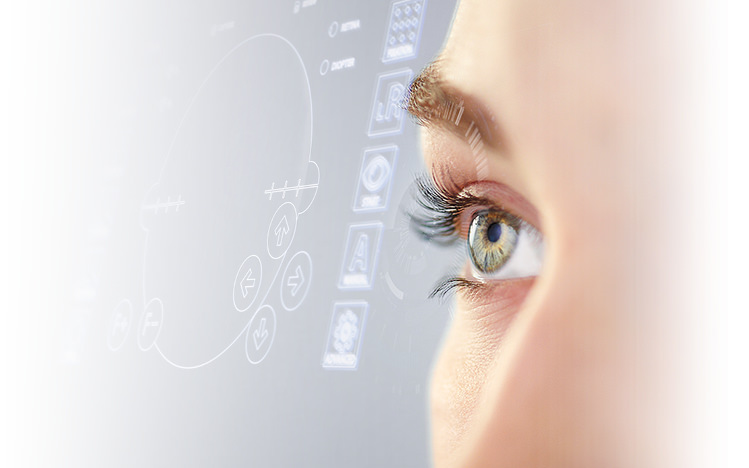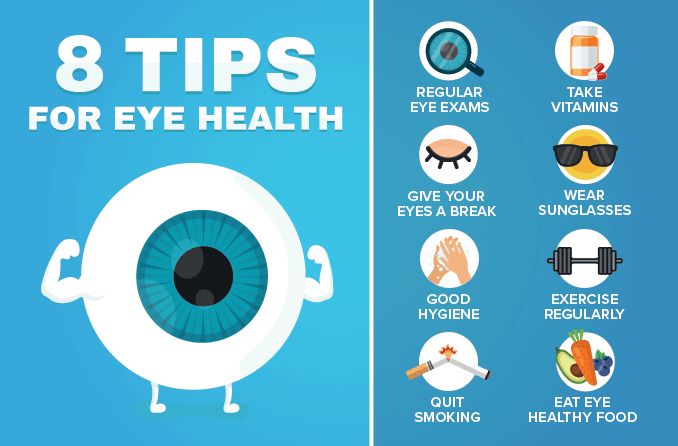Checking Out the State-of-the-Art Technologies Utilized for Dealing With and identifying Eye Conditions
In the world of ophthalmology, the advancement of technology has dramatically enhanced the devices offered for detecting and treating various eye problems. From innovative imaging technologies that supply thorough understandings into ocular structures to robotic-assisted medical procedures that offer unequaled precision, the landscape of eye care is constantly evolving. With the combination of fabricated intelligence in diagnostics, genetics treatment innovations, and digital reality rehabilitation, the possibilities for boosting individual results are expanding at a fast speed. The merging of these cutting-edge innovations holds the pledge of revolutionizing the field of ophthalmology, supplying brand-new avenues for customized and reliable therapies.

Advanced Imaging Technologies
Advanced Imaging Technologies have actually changed the area of ophthalmology by giving exact and in-depth visualization of the eye frameworks. Optical Comprehensibility Tomography (OCT) sticks out as an essential modern technology in this world. OCT makes use of light waves to capture high-resolution cross-sectional photos of the retina, enabling the identification of minute structural adjustments. This non-invasive technique help in the very early detection and tracking of different eye conditions such as macular deterioration, diabetic person retinopathy, and glaucoma.
Furthermore, Fundus Digital photography is another essential device in ophthalmic imaging. This technique entails recording thorough pictures of the rear of the eye, including the retina and optic disc. Fundus Photography aids in documenting the development of eye diseases, examining treatment efficiency, and enlightening individuals regarding their eye health.

Robotic-Assisted Surgery
Robotic-assisted operations have substantially progressed the capabilities of ophthalmic surgical procedure, ushering in a new age of precision and efficiency in treating different eye conditions. By integrating robot innovation right into surgeries, ophthalmologists can achieve unmatched accuracy and control, causing improved individual outcomes.
Among the primary benefits of robotic-assisted surgical treatment in ophthalmology is the improved mastery and stability it uses to specialists. The robot arms can carry out exact activities with a high level of precision, enabling fragile procedures with minimal invasiveness. This level of precision is particularly beneficial in surgeries involving the retina, where also small mistakes can have substantial ramifications for a patient's vision.
In addition, robotic-assisted surgical systems give real-time imaging and comments to the cosmetic surgeon, allowing them to make enlightened decisions during the treatment. This modern technology boosts the cosmetic surgeon's situational understanding and allows for changes to be made quickly, guaranteeing ideal results for the person.
Artificial Intelligence in Diagnostics
With the development of cutting-edge modern technologies improving surgical accuracy in ophthalmic treatments, the integration of Artificial Knowledge in diagnostics has actually become an essential advancement revolutionizing the area of eye care. Artificial Knowledge (AI) formulas are being significantly made use of to analyze intricate information from imaging technologies like optical comprehensibility tomography (OCT) and fundus photography to help in the very early detection and exact medical diagnosis of various eye conditions. These AI systems can effectively identify patterns and abnormalities in pictures that might not be discernible to the human eye, making it possible for quicker medical diagnosis and treatment preparation.
AI algorithms can likewise predict disease progression, advise individualized therapy plans, and assess the performance of treatments. By streamlining the diagnostic process, AI not only enhances the performance of eye care professionals however additionally enhances client results by allowing timely treatments. As AI remains to development, its role in diagnostics is expected to broaden, offering new opportunities for very early treatment and individualized therapy in the field of ophthalmology.
Gene Therapy Developments
In the world of sensory developments, recent strides in gene treatment technologies have sparked substantial rate of interest among researchers and healthcare specialists alike. Gene therapy holds tremendous pledge in transforming the therapy of numerous eye problems by targeting the underlying hereditary causes. By introducing genetic material right into cells to make up for unusual genetics or to offer an absent gene, gene therapy supplies a personalized technique to addressing acquired eye problems such as retinitis pigmentosa, Leber hereditary amaurosis, and others that were formerly considered untreatable.

As research study in genetics therapy continues to development, the possibility for customized therapies for a bigger series of eye Get the facts conditions expands, supplying brand-new wish for people with genetic eye illness.
Digital Truth Recovery
Virtual fact recovery has actually become an advanced approach in improving the recuperation and recovery processes for individuals with various visual disabilities. hearing service near me. By mimicing real-world atmospheres via immersive technology, virtual truth provides a distinct platform for vision treatment and recovery. This cutting-edge method allows people to engage in interactive exercises and tasks created to enhance aesthetic acuity, depth assumption, eye coordination, and overall visual performance
One secret advantage of digital reality rehabilitation is its capacity to tailor therapy programs based upon the details demands and capacities of each person. Through real-time responses and surveillance, medical care experts can track development, adjust treatments, and provide personalized treatment to enhance end results. Additionally, digital fact modern technology can create a regulated and safe space for individuals to practice visual tasks, get rid of challenges, and develop confidence in a digital setting before transitioning to real-world scenarios.
Final Thought
To conclude, the developments in imaging modern technologies, robotic-assisted surgical treatments, man-made intelligence diagnostics, gene treatment advancements, and virtual truth recovery have actually dramatically boosted the medical diagnosis and therapy of eye conditions. hearing service near me. These modern modern technologies have transformed the area of ophthalmology, enabling for even more precise and effective treatments. As modern technology remains to advance, the future of eye care looks promising with the potential for a lot more ingenious solutions he said to improve client outcomes
In the world of ophthalmology, the development of innovation has actually significantly improved the tools offered for identifying and treating various eye problems. Fundus Digital photography assists in documenting the development of eye conditions, assessing therapy efficiency, and informing patients about their eye health and wellness.
Man-made Knowledge (AI) algorithms are being progressively made use of to analyze complex information from imaging modern technologies like optical coherence tomography original site (OCT) and fundus digital photography to assist in the early detection and accurate diagnosis of numerous eye problems.In final thought, the innovations in imaging technologies, robotic-assisted surgeries, fabricated intelligence diagnostics, gene therapy innovations, and digital reality recovery have substantially boosted the diagnosis and therapy of eye problems. As innovation continues to develop, the future of eye care looks appealing with the potential for also more cutting-edge solutions to boost individual outcomes.